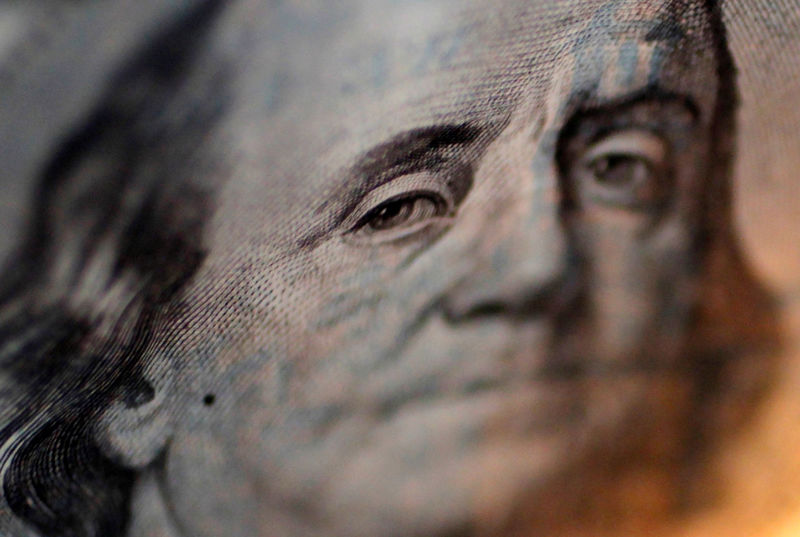Investing.com - The dollar was trading at three-week highs against the yen on Thursday as stimulus expectations continued to pressure the Japanese currency, while the pound was trading above 1.33 after the Bank of England left interest rates on hold in a surprise decision.
USD/JPY was up 1.1% at 105.65, the highest level since June 24, bringing the week’s gains so far to 4.8%.
The yen has weakened across that board since Japanese Prime Minister Shinzo Abe’s ruling coalition increased its majority in weekend parliamentary elections, feeding hopes for a fresh package of stimulus measures to spur economic growth.
The Japanese currency was also hit by a report from Bloomberg that former U.S. Federal Reserve Chairman Ben Bernanke had floated the idea of “helicopter money” with one of Prime Minister Shinzo Abe's key advisers in April.
“Helicopter money” is a term to describe how a central bank could finance government budgets directly as a way to combat deflation.
The pound jumped to its highest level since late June against the dollar on Thursday after the BoE wrong-footed markets by keeping interest rates steady at 0.5%, but signaled that it will ease at its August meeting.
GBP/USD initially jumped to highs of 1.3463 the strongest level since June 30, before pulling back to trade at 1.3315, still up 1.29% for the day.
The BoE meeting minutes stated that last month’s vote to leave the European Union is causing the British economy to weaken and singled out the housing market as an area of particular concern.
The euro edged higher against the dollar, with EUR/USD up 0.19% at 1.1111.
In the U.S., data on Thursday showed that the number of people claiming unemployment benefits held at lower levels last week, while producer prices posted the largest gain in a year in June.
The Labor Department reported that initial jobless claims were unchanged at a 254,000 for the week ended July 9, not far from the 43-year low of 248,000 touched in mid-April.
In a separate report, the Labor Department said the producer price index rose 0.5% last month, the largest increase since May 2015, after rising 0.4% in May.
The U.S. dollar index, which measures the greenback’s strength against a trade-weighted basket of six major currencies, pared back some losses after the report to trade at 96.14, off lows of 95.84.
The greenback remained broadly lower against the commodity linked currencies, as a rebound in oil prices and a rally in global stocks underpinned risk appetite.
USD/CAD fell to one-week lows of 1.2934, while AUD/USD was up 0.29% at 0.7630 and NZD/USD advanced 1.2% to 0.7189.
